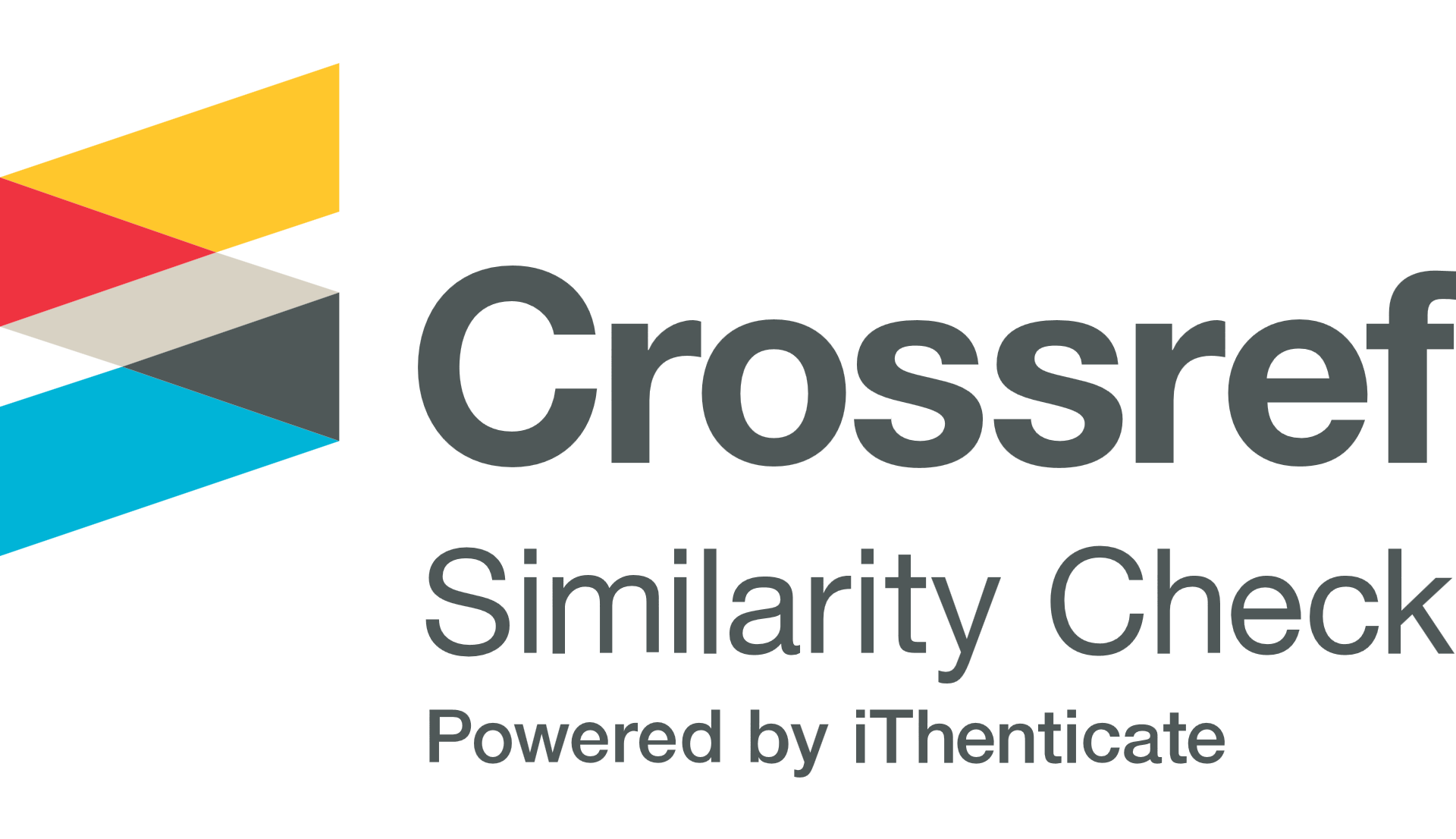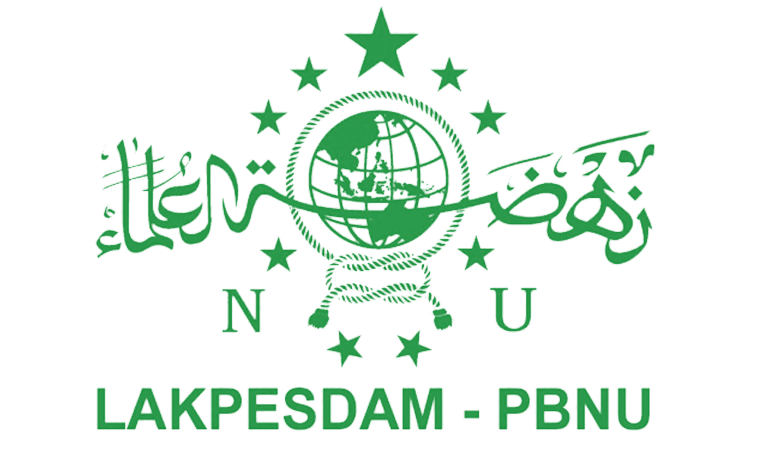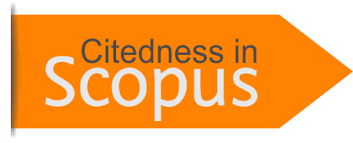POLA PEMBINAAN MUALLAF DI KABUPATEN SIDRAP PROVINSI SULAWESI SELATAN
DOI:
https://doi.org/10.31969/alq.v19i1.150Abstract
Tulisan ini merupakan hasil penelitian dengan genre riset kebijakan yang bertujuan untuk mendeskripsikan dan memahami pola pembinaan muallaf yang ditengarai belum optimal, baik yang diselenggarakan pemerintah maupun civil society khususnya lembaga keagamaan. Menggunakan metode penelitian kualitatif ditemukan bahwa, pola pembinaan muallaf di Kabupaten Sidrap, Sulawesi Selatan, sifatnya fluktuatif dan ditandai dengan aktivitas yang sifatnya insidentil. Aktivitas pembinaan yang diprakarsai sejumlah elite keagamaan melalui berbagai yayasan/ormas keagamaan dan majelis taklim menyebabkan keberadaan muallaf diakui sebagai satu komunitas muslim yang secara sistematis mendapatkan perhatian umat Islam di Kabupaten Sidrap. Beberapa organisasi yang tadinya didirikan untuk merespon kepentingan muallaf seperti Nahdatul Ulama (NU), Muhammadiyah, pemerintah daerah bersama Kementerian Agama namun sifatnya temporer hilang karena politik, sehingga mengakibatkan kecenderungan ideologis yang dianut para muallaf masih konsisten dengan doktrin Islam yang inklusif-moderat.Additional Files
Published
2016-01-09
Issue
Section
Articles
License
Authors who publish with this journal agree to the following terms:
- Authors retain copyright and grant the journal right of first publication with the work simultaneously licensed under Creative Commons Attribution-NonCommercial-ShareAlike 4.0 International License that allows others to share the work with an acknowledgement of the work's authorship and initial publication in this journal.
- Authors are able to enter into separate, additional contractual arrangements for the non-exclusive distribution of the journal's published version of the work (e.g., post it to an institutional repository or publish it in a book), with an acknowledgment of its initial publication in this journal.
- Authors are permitted and encouraged to post their work online (e.g., in institutional repositories or on their website) prior to and during the submission process, as it can lead to productive exchanges, as well as earlier and greater citation of published work (See The Effect of Open Access).















